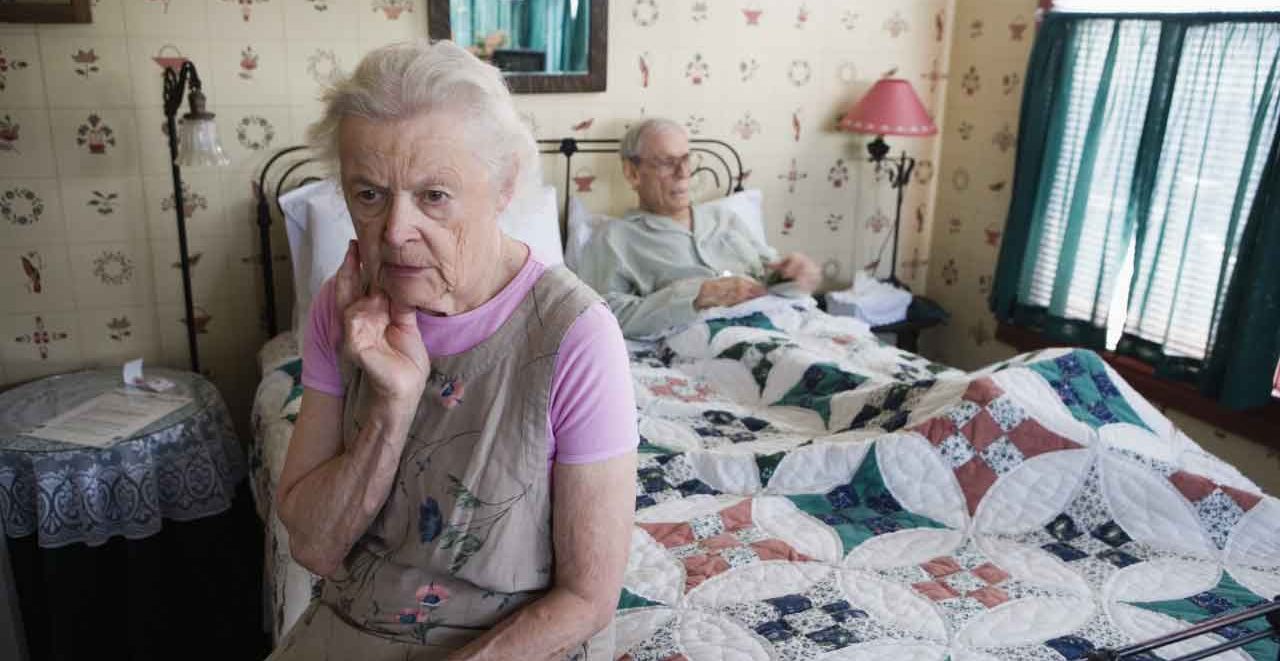Caring for Someone Who Is Bedridden

A bedridden person needs support for their back and joints, can develop bed sores, and may need help with hygiene. Their comfort and dignity are important.
When you care for someone who is bedridden, their comfort is paramount.
Lying in a bed around the clock makes people physically uncomfortable and bored.
YOU MIGHT ALSO LIKE: Caregiving Can Be an Emotional Roller Coaster
Posture support for the patient
Someone who is bedridden needs constant support for their back, arms, legs, and joints to prevent strain. Always help the person maintain good posture and a comfortable position.
It’s always better to communicate to patients what you are going to do when changing their position in bed, so you can get as much cooperation as possible rather than lifting them and hurting yourself.
If patients can’t help themselves, use a draw sheet and a second person to move the patient around the bed. It also helps to keep linens clean and to provide several pillows for support.
Bedsores and ulcers
Bedsores and pressure ulcers from lack of movement are another big problem. A bedsore is a breakdown of the skin or a wound over a bony surface. Ulcers develop when blood supply to the skin is reduced gradually.
Bedsores are caused from prolonged pressure against the skin, mostly on the lower part of the body or place where the body makes contact with the bed when the person sits or reclines.
Bedsores form on pressure points, such as the buttocks, spine, elbow, and hips. Stretching and moving joints will help decrease bedsores, while stimulating blood flow and preventing joint stiffness.
Caregivers need to recognize the early signs of bedsores, which are usually redness, blistering, or skin breaking down into a sore. The best preventive measure is to move the patient in bed frequently.
Because of their sedentary position, bedridden patients are also at increased risk of blood clots. Clots can move to their:
- Lungs (pulmonary embolism)
- Heart (angina and other heart problems)
- Brain (stroke)
Hygiene for someone who is bedridden
Bedridden patients need hygiene as much as anyone else, yet under the circumstances caregivers might feel overwhelmed and forget.
Helping them bathe every other day, washing their hair every few days, and making sure they brush their teeth twice a day helps bedridden patients overcome the feeling of being confined all day and night. Haircuts and shaving can also be a part of your caregiving routine to keep up your loved one’s morale and self-esteem.
Some patients can have incontinence or aren’t physically able to get to a bathroom. That can be stressful for both you and the patient, making your understanding very important. Bedridden patients can be embarrassed and uncomfortable about those issues, but it’s very common.
To help, use high-quality absorbent products — some like diapers — different types of catheters, and skincare and odor products.
Your goal is to help the patient maintain as much dignity as possible.
Caregiving for a bedridden person is stressful. An important part of being a caregiver is taking care of yourself, knowing when you need professional help or a family member to pitch in, so you get a break now and then. For information on caregiving support, see below.
Resources
- Caregiver.com
- Family Caregiver Alliance
- National Alliance for Caregiving
- Caregiver Action Network
- Well Spouse Association
- ARCH National Respite Network and Resource Center
Updated:
August 28, 2023
Reviewed By:
Janet O’Dell, RN